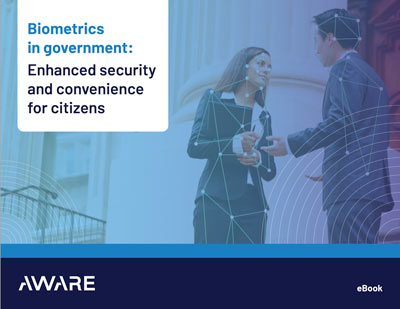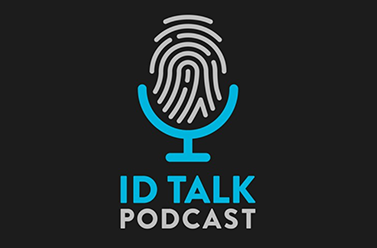Biometrics in government
Enhanced security and convenience for citizens
A brief history of biometrics
Fingerprint-based identification began in law enforcement. An Argentine detective first solved a crime using a latent print (left behind by the perpetrator) in 1892. In 1901, detectives in England and Wales officially began using fingerprints in criminal identification.
Their use snowballed from there. By 1946, the FBI managed a library of 100 million fingerprints, according to the U.S. Marshals Service. The agency developed the Automated Fingerprint Identification System (AFIS) in the 1970s to manage the massive and still-growing collection more effectively.
AFIS became “Integrated AFIS” (IAFIS) in 1999 to help law enforcement agencies share fingerprint data over state lines. After the events of 9/11, fingerprint identification in the U.S. migrated from law enforcement into border protection and VISA screening.
Today, governments worldwide use biometrics for many other purposes, including border management, defense, employee screenings, healthcare, security, and more.
We’re committed to your privacy. Aware uses the information you provide to us to contact you about our relevant content, products, and services.
For more information, check out our Privacy Policy.
PODCAST | 41 minutes
Aware's New CEO Is Ready to Build: A Conversation With Ajay Amlani



